Reviewed by Corey Noles
Ever wondered why switching device management platforms feels like changing banks or breaking up with a cellular carrier? That headache-inducing process is about to become history. Apple announced a game-changing feature in 2025: seamless device management service migration that eliminates the vendor lock-in keeping organizations tethered to MDM providers they've outgrown.
The days of wiping devices clean just to switch platforms are numbered. Apple's migration feature supports moving iPhone, iPad, Mac, and Vision Pro without losing precious app data—assuming your new MDM pushes the same apps before setup completes. This isn't just convenient; it's transformative for how IT teams think about vendor relationships and contract negotiations.
What you need to know:
Organizations can finally choose MDM providers based on merit rather than migration pain
Competitive pricing becomes reality when switching costs plummet
Devices must run iOS/macOS 26 or newer to support the seamless transition process
The old way: Why MDM migrations were IT nightmares
Traditional MDM migrations have been expensive, time-consuming disasters that kept organizations locked into subpar solutions. Microsoft notes that devices must be factory reset to properly enroll in new platforms, forcing users to backup corporate data to consumer cloud services they don't control. Each device requires manual unenrollment, factory reset, and complete reconfiguration—a process that can take hours or days per device.
The migration complexity extends beyond device wipes. Apple's deployment guide explains that switching involves certificates, tokens, and complex integrations with Apple Push Notification service, Apple School Manager, and Apple Business Manager. IT teams face extensive documentation requirements, dependency mapping, and coordination across multiple Apple services just to begin the transition.
These technical barriers created strategic consequences far beyond IT productivity. Organizations found themselves trapped in asymmetrical vendor relationships where annual budget negotiations became exercises in damage control rather than strategic optimization. Jamf reports that organizations historically needed hours or even days to complete migrations per device, creating significant downtime and user disruption. The high switching costs forced IT leaders to accept inflated renewals, delayed feature requests, and subpar support rather than endure migration complexity—ultimately constraining innovation adoption timelines and competitive positioning within their industries.
Apple's migration breakthrough changes everything
Apple's 2025 migration feature fundamentally rewrites the economics of MDM vendor relationships. Device management service migration allows administrators to set enrollment deadlines, view pending migrations, and enforce transitions when users don't take action voluntarily. The system preserves apps and associated data when the new MDM service delivers applications before sending the DeviceConfigured command.
The technical elegance transforms business strategy: Apple Business Manager and Apple School Manager now include device migration between MDM servers as a core feature, eliminating full resets while preserving apps and settings. Organizations can schedule migrations, send user notifications, and execute automated transitions with unprecedented smoothness. IT teams save massive amounts of time previously spent on device reconfiguration, but more importantly, they regain negotiating power that fundamentally alters vendor relationship dynamics from reactive compliance to proactive optimization.
The feature works across Apple's device ecosystem with specific requirements. iOS, iPadOS, and macOS 26 support the migration process, though Apple Business Essentials isn't currently supported. Automated Device Enrollment ownership and post-30-day-provisional-period manual enrollment via Apple Configurator are prerequisites.
What this means for your MDM strategy
Device management service migration transforms how organizations evaluate and select MDM providers, creating a cascading effect across IT procurement strategies. Competition increases when switching costs plummet, but more importantly, IT teams can now leverage multi-vendor evaluations during renewal cycles—even requesting proof-of-concept migrations as negotiation tools. Vendors lose their primary retention mechanism of switching friction, forcing them to compete on innovation velocity and support quality rather than artificial barriers.
This shift enables entirely new strategic frameworks for vendor management. Annual renewals become opportunities for strategic optimization rather than reluctant acceptances, with IT leaders able to allocate resources toward capabilities rather than vendor appeasement. Kandji's Migration Agent previously demonstrated how specialized tools simplified Mac migrations in under three minutes per user, but Apple's native solution extends this ease across all device types while fundamentally changing the power dynamics of contract negotiations.
The tactical implications reshape procurement timelines and budget planning. Organizations report that migration capabilities directly impact customer retention strategies, pricing approaches, and renewal negotiations across the MDM industry. IT teams can now structure vendor evaluations around feature roadmaps and support quality metrics, secure pilot programs as contract leverage, and establish competitive benchmarking processes that drive continuous vendor performance improvements.
The bigger picture: Apple's declarative future
Migration capabilities represent just one piece of Apple's broader device management evolution toward autonomous, self-managing systems. Declarative Device Management shifts policy management from servers to devices themselves, enabling proactive device behavior that reduces server load and improves user experience. This paradigm change makes devices more resilient and self-managing while providing richer feedback channels for IT oversight through real-time status updates and autonomous policy enforcement.
Apple continues expanding DDM across all device types and enrollment methods, with support now covering iOS 16, iPadOS 16, macOS Ventura, tvOS 16, and watchOS 10. The declarative approach offers enhanced reliability, asynchronous device monitoring, reduced bandwidth usage, and faster onboarding compared to traditional imperative MDM protocols—creating compound advantages when combined with seamless migration capabilities.
The convergence of seamless migration and declarative management creates strategic synergies beyond what each offers individually. Organizations can switch to DDM-capable platforms without migration pain while accessing enhanced device autonomy and server efficiency. This combination enables IT teams to pursue advanced declarative capabilities without legacy platform constraints, accelerating adoption of Apple's preferred management protocols while maintaining operational continuity during transitions.
Your migration strategy starts now
The era of MDM vendor lock-in officially ends with Apple's migration capabilities, transforming strategic planning from vendor appeasement to proactive optimization. Smart preparation focuses on three priority areas: evaluating current vendor relationships against emerging competitive alternatives, assessing device fleet readiness for iOS/macOS 26 requirements, and developing evaluation frameworks that prioritize long-term strategic alignment over switching complexity. Organizations switching platforms can bring existing devices with no reset, no downtime, and full app retention when properly planned.
The competitive MDM landscape will evolve rapidly as switching costs disappear and vendors compete on actual capabilities rather than migration friction. Build vendor evaluation matrices that emphasize declarative management roadmaps, develop timeline frameworks for gradual migration testing, and establish performance benchmarks that leverage newfound negotiating power during renewal cycles. Consider how migration capabilities enable experimentation with specialized solutions previously constrained by switching costs.
Smart IT teams recognize that device management service migration represents more than technical convenience—it's organizational freedom to choose the best tools without artificial barriers constraining those choices, fundamentally shifting the relationship between IT strategy and vendor partnerships toward mutual value creation rather than reluctant dependency.





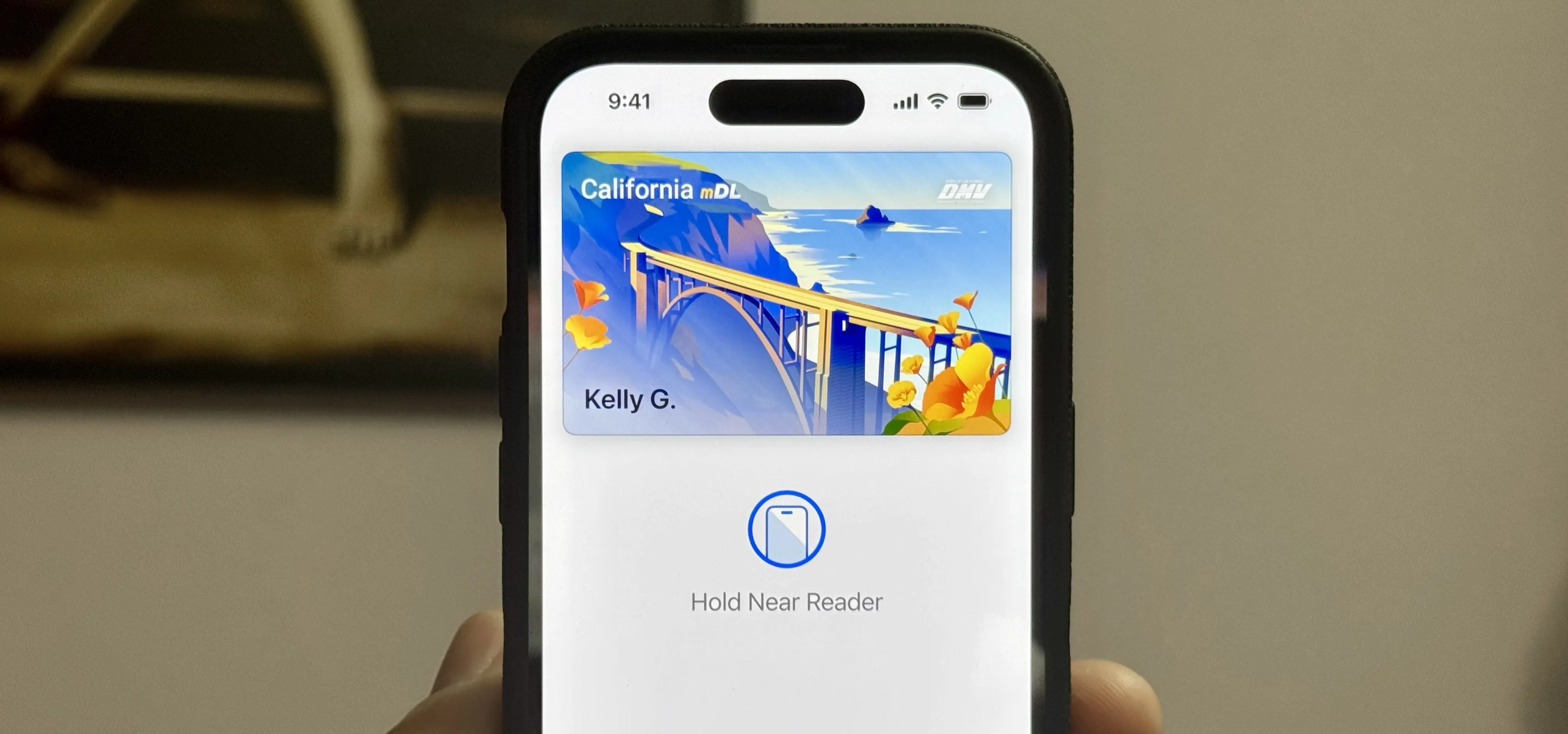
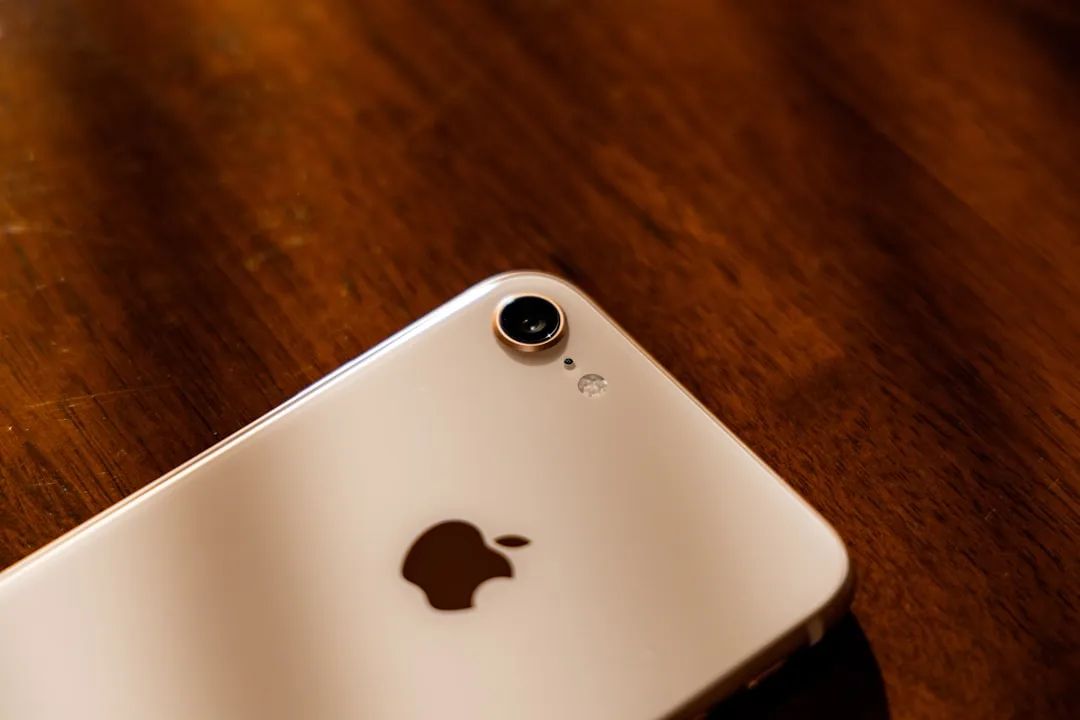
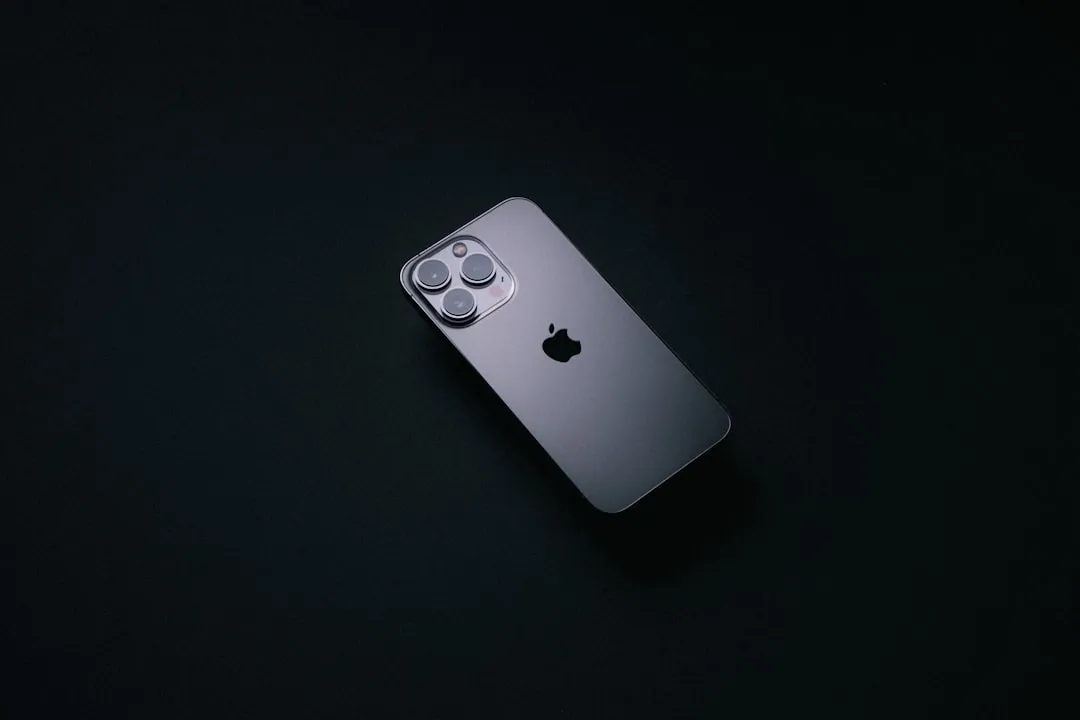
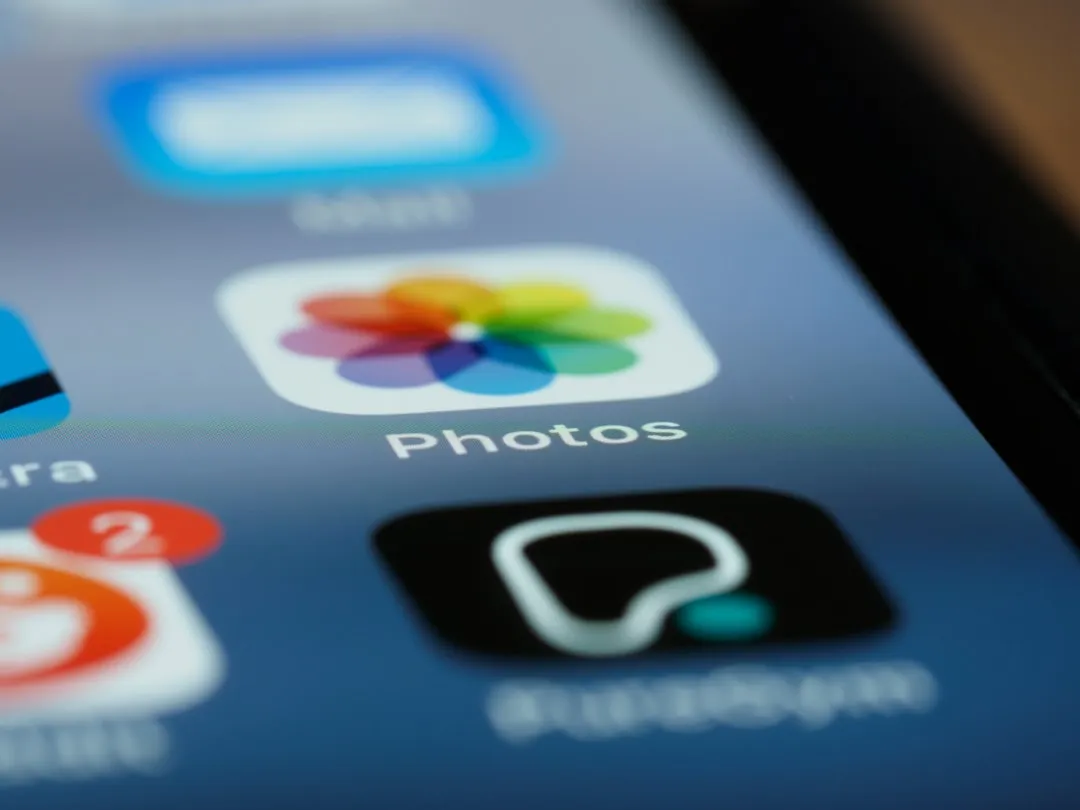
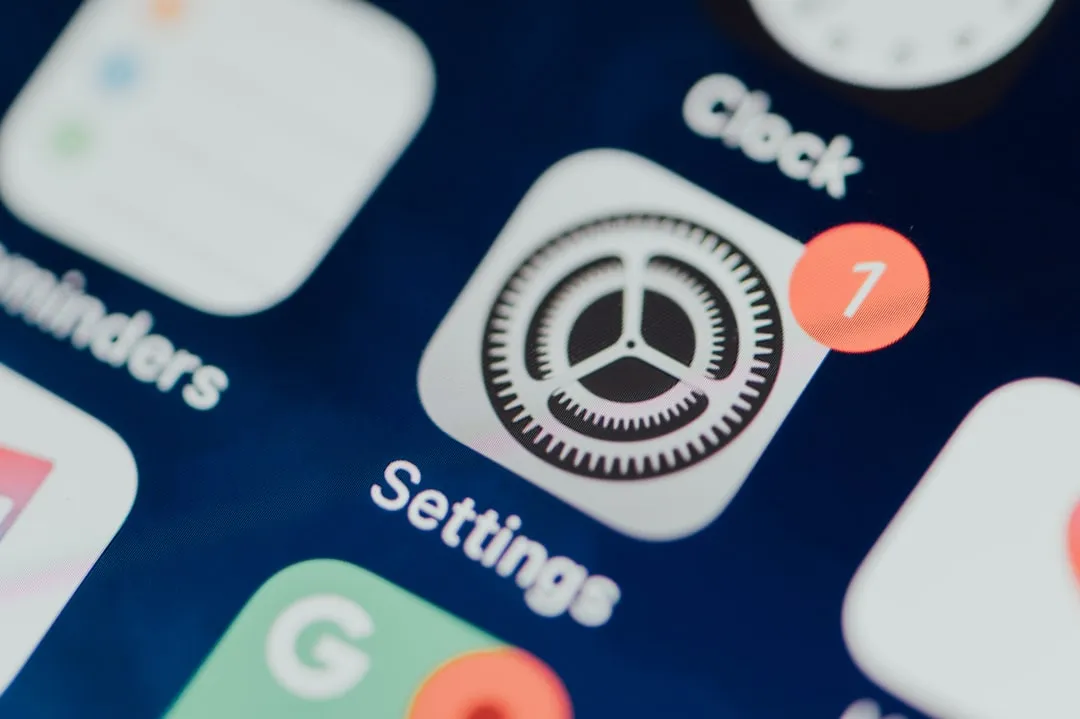


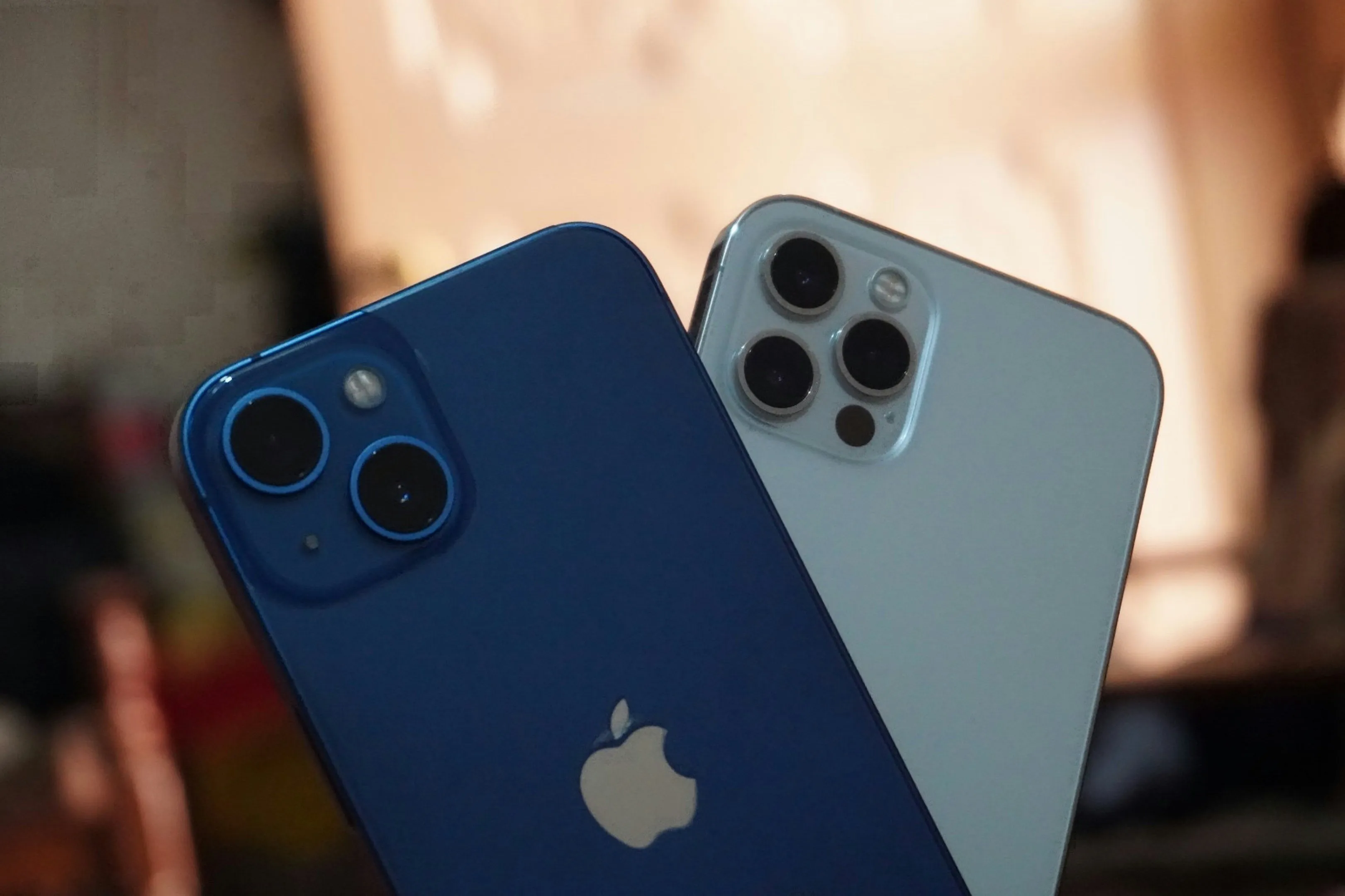

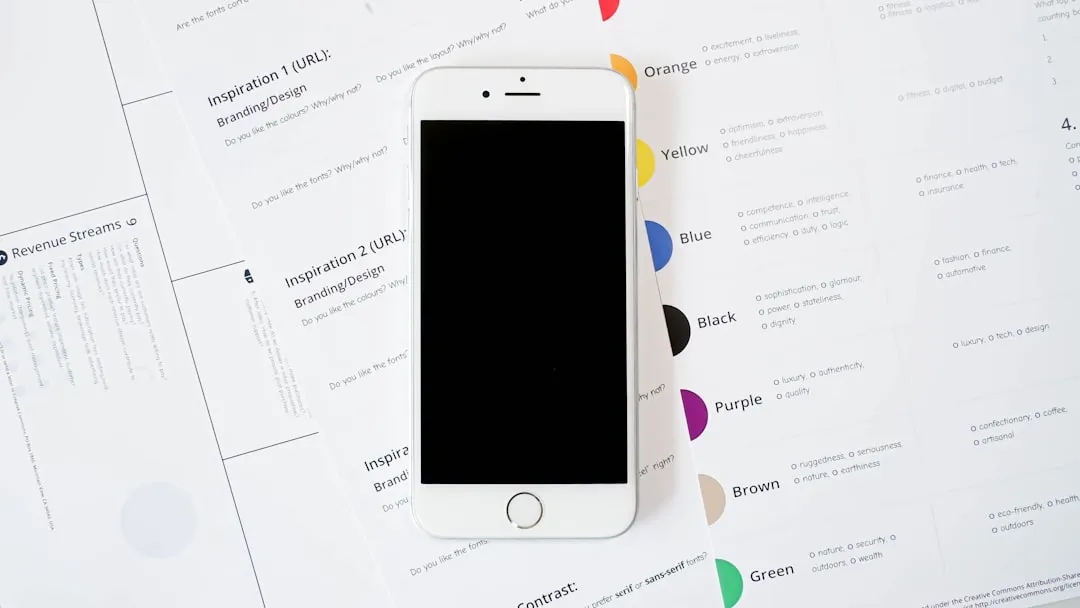

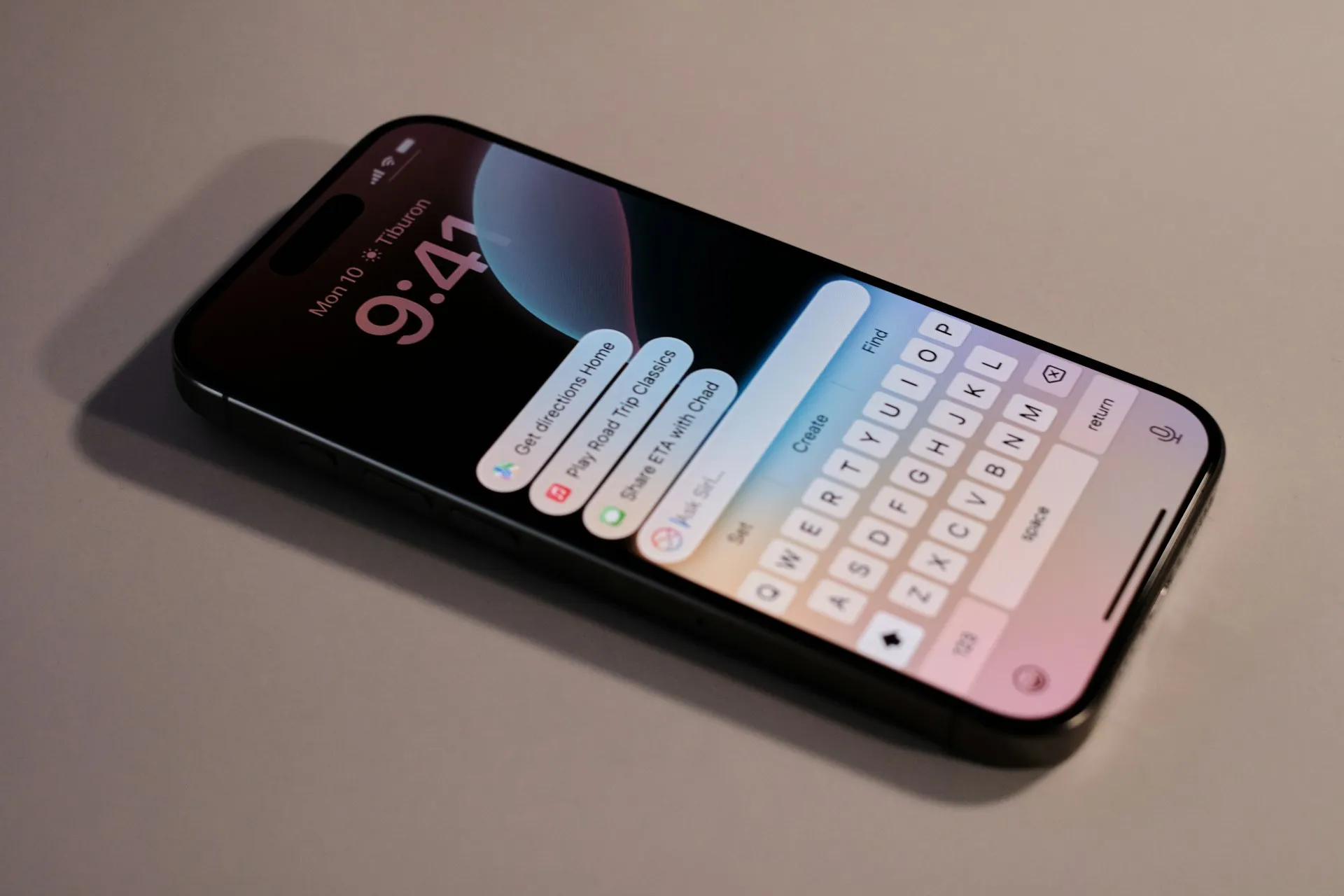


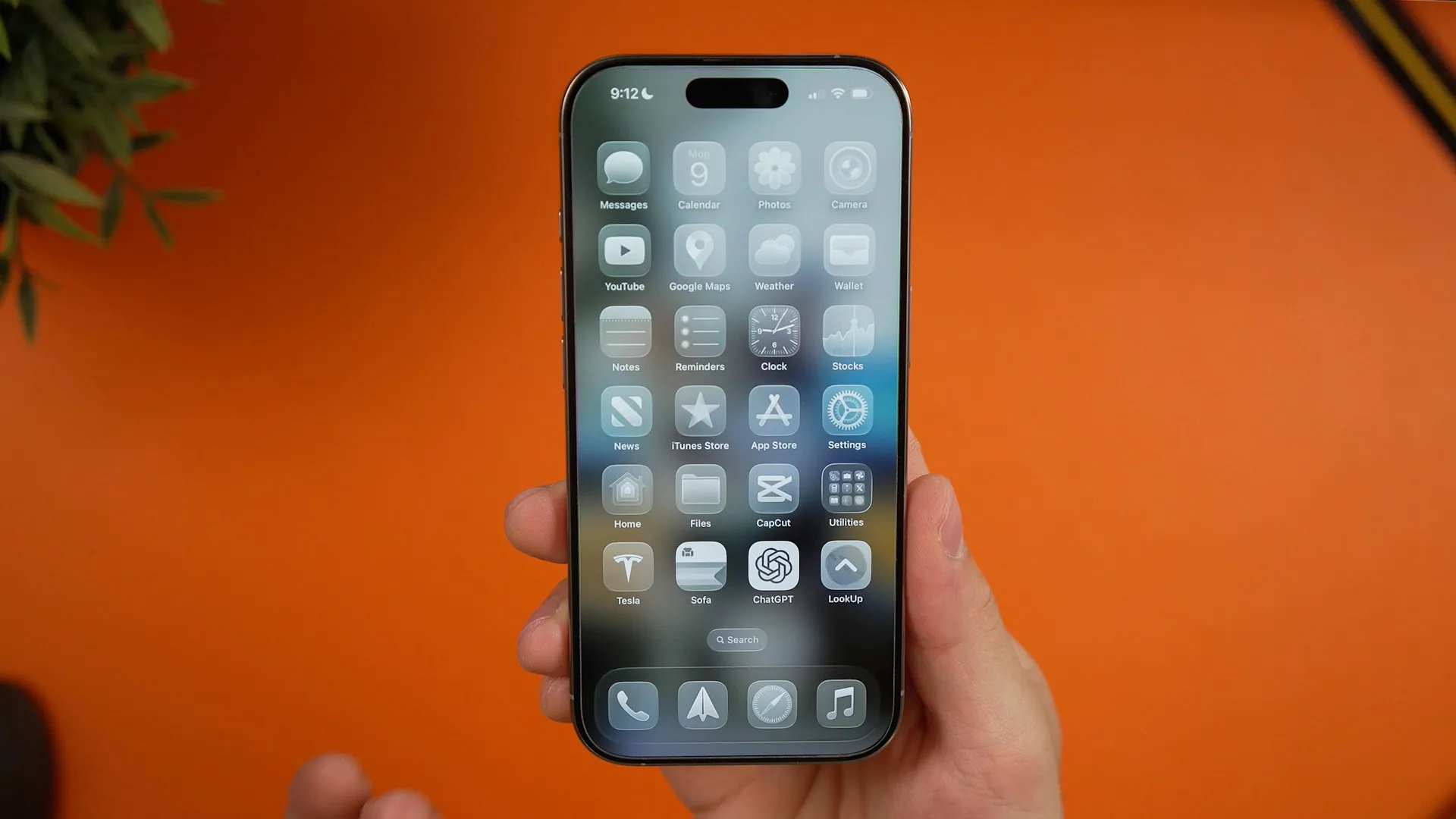
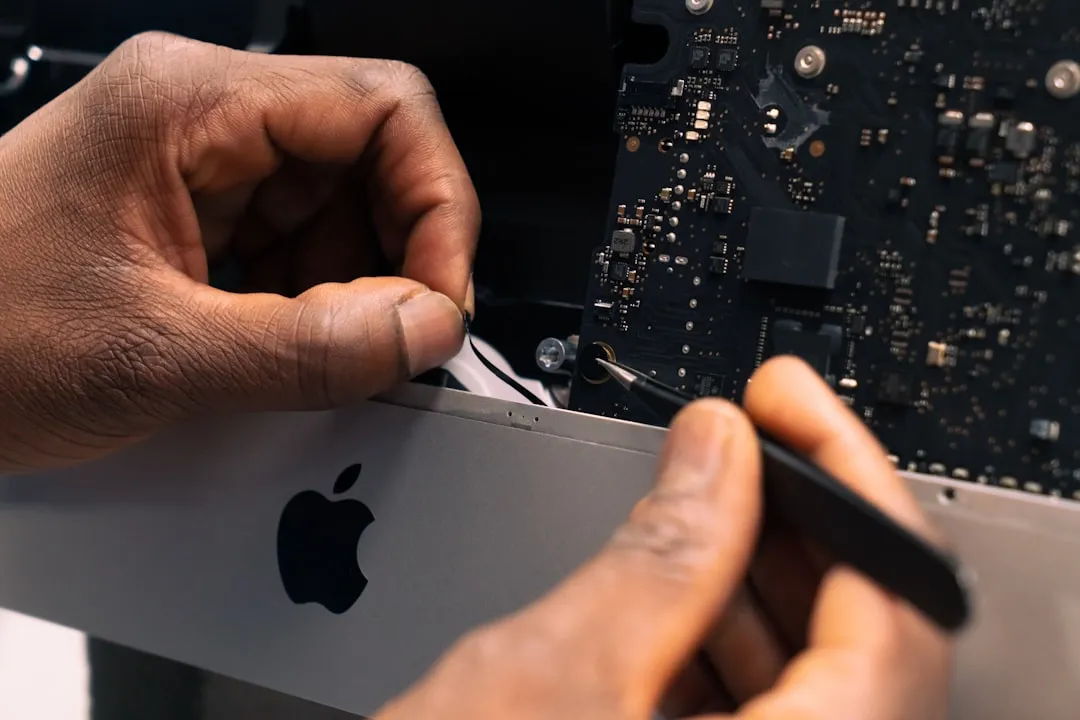
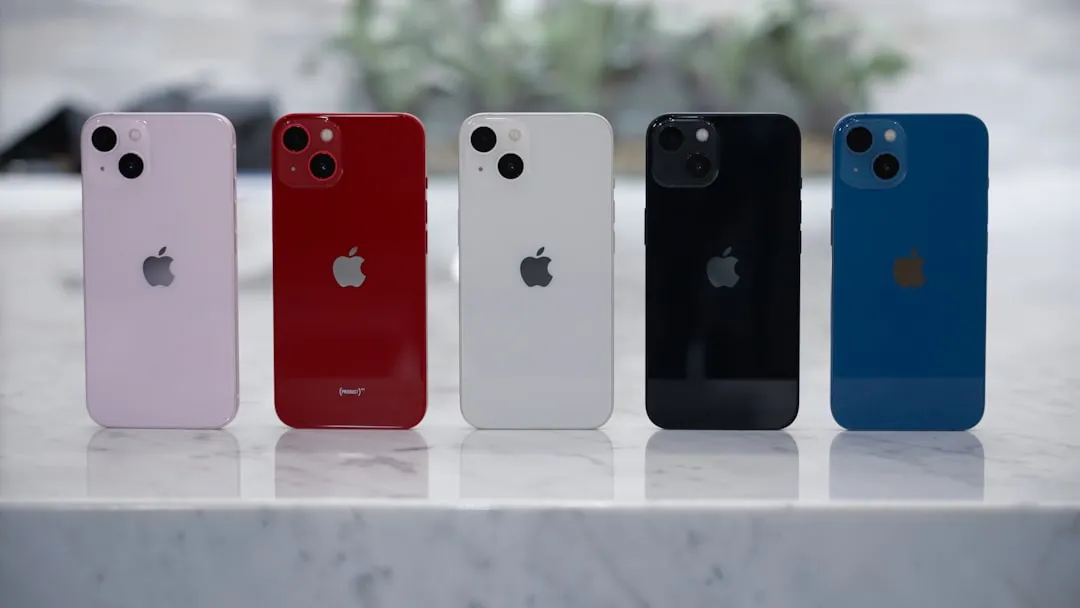
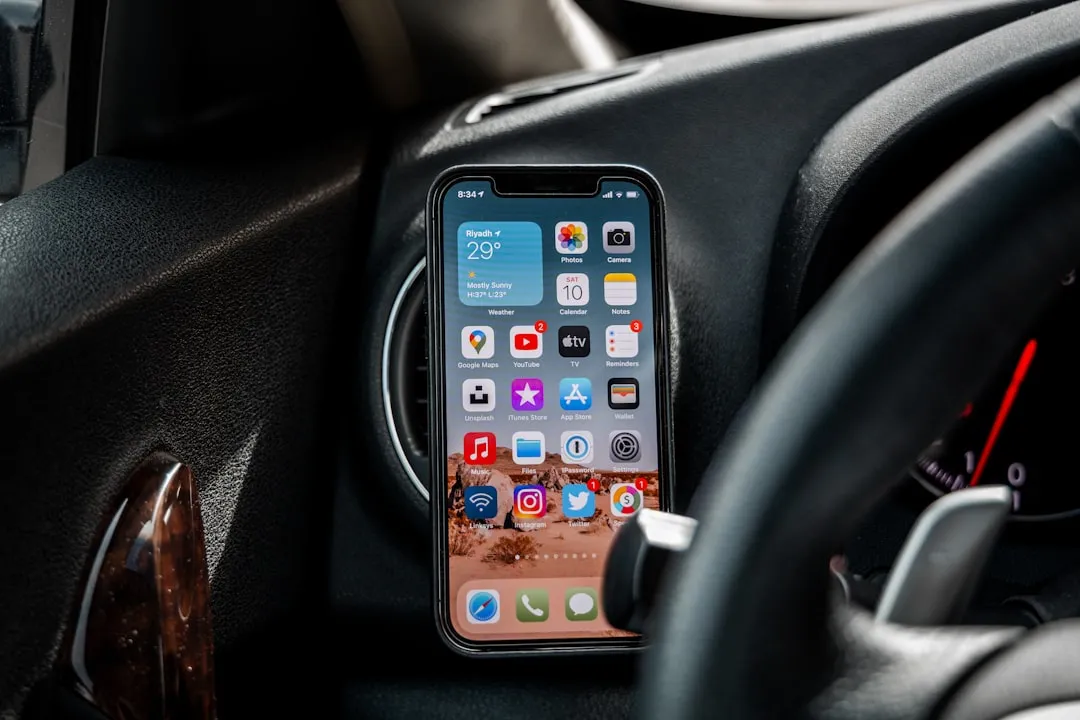


Comments
Be the first, drop a comment!